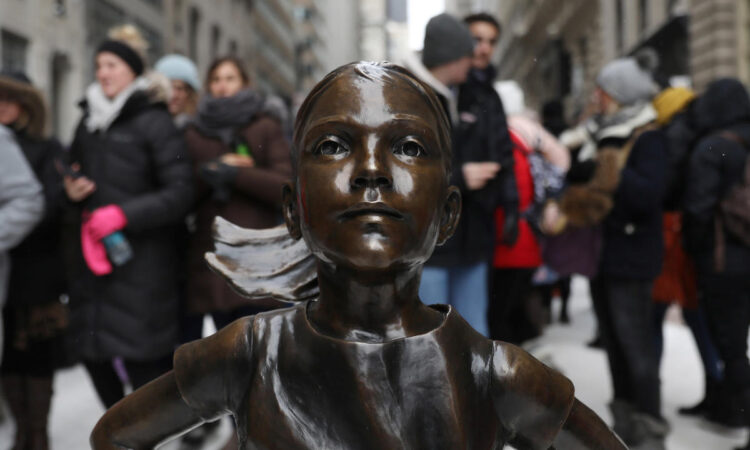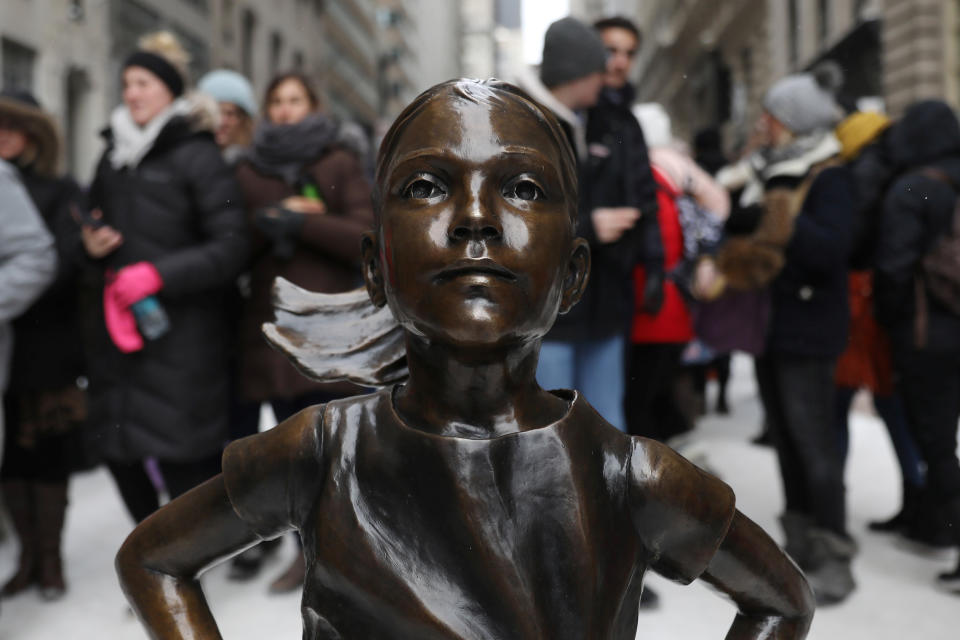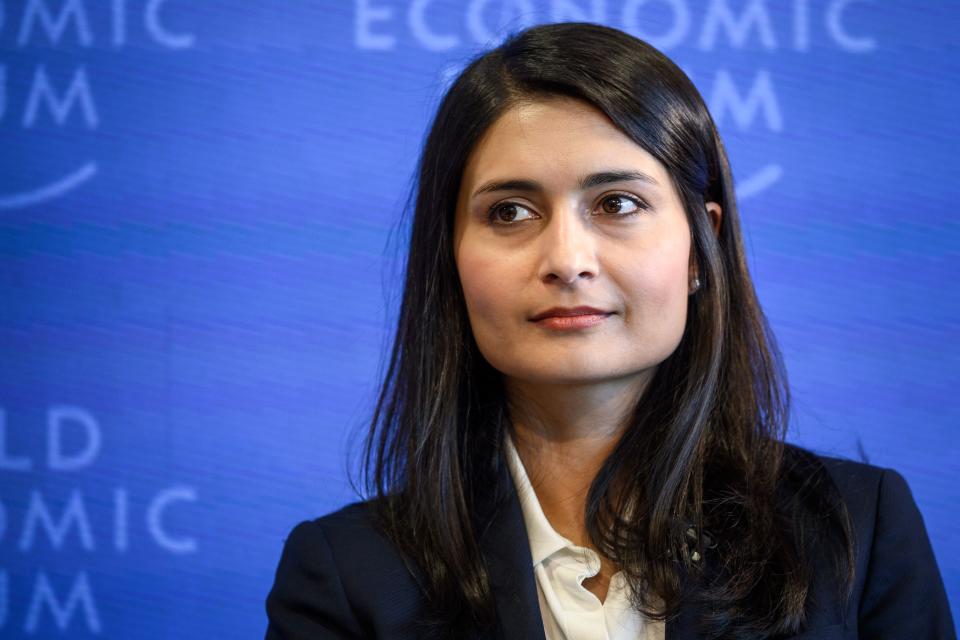US falls behind in shrinking the gender gap, World Economic Forum saysUS falls behind in shrinking the gender pay gap, World Economic Forum says

The US this year dropped further behind other countries in closing the gender gap among several measures, according to new data from the World Economic Forum.
The country ranked 43rd in gender equality out of 146 countries, down from 27th place last year, according to the WEF’s 17th annual Global Gender Gap report.
Overall, it will take 131 years to close the gender pay gap across the world economy, the report found, a marginal improvement from the previous estimate of 132 years. It’s still a delay of three decades compared to the WEF’s estimate from before the pandemic.
While the level of gender parity has regained the progress it lost during the pandemic, converging economic and political crises are creating an uneven landscape worldwide, the WEF said, with progress slowing down overall and AI posing as an additional risk.
“While there have been encouraging signs of recovery to pre-pandemic levels, women continue to bear the brunt of the current cost of living crisis and labour market disruptions,” WEF Managing Director Saadia Zahidi said in a press release. “An economic rebound requires the full power of creativity and diverse ideas and skills. We cannot afford to lose momentum on women’s economic participation and opportunity.”

In the US
Each year, the WEF publishes an annual Global Gender Gap which measures progress towards gender parity using a numeric index with four pillars: economic participation and opportunity, educational attainment, health and survival, and political empowerment.
The US saw one of the largest drops among the 50 highest-ranked countries, with the WEF reporting a 2.1- percentage-point decline in its gender parity score. The country experienced the largest drop in its political empowerment rating — driven by the share of women ministers dropping to just 33%, as measured by the UN. The US has also never had a female head of state.
According to the WEF, health parity also worsened, while the US improved in wage equality for similar work and estimated earned income. The country has nearly closed the gender gap in terms of its literacy rate and enrollment in primary and higher education, but it lags behind in secondary education.
Coupled with the 0.2-percentage-point decline in Canada’s overall gender parity score, it would take 95 years to close the gender gap in North America given the current rate of progress, the report found.

Global gender parity
Overall, educational attainment saw the most improvement in 2023 – surpassing pre-pandemic levels – while the WEF warned that progress on political empowerment was stagnating and economic participation among women has worsened. For instance, the rate of women participation in the labor force registered the second-lowest level since the first WEF report in 2006.
Across all 146 countries that were listed by the WEF, none has achieved full parity. Iceland was the country with the greatest progress for the 14th year in a row, having closed 91.2% of the gender gap. Its score is due to the high levels of female leadership in government and level of education attainment, the WEF said.
Rounding out the top five countries were Norway, Finland, New Zealand, and Sweden.
The increasing levels of women in leadership that are seen in the best-performing countries stands in contrast to the globe as a whole. For the first time in eight years, the share of women hired into leadership roles declined in 2023, returning to 2021 levels, the WEF reported.
Afghanistan, the lowest-ranked country on the list, is the only one to have made it less than halfway to the end of its gender gap.
“Accelerating progress towards gender parity will not only improve outcomes for women and girls but benefit economies and societies more widely, reviving growth, boosting innovation and increasing resilience,” Zahidi wrote in the executive summary.
Gender and AI
For the first time this year, the WEF reported a new metric on the gender gap in the AI workforce, which is exploding across industries. According to this metric – which uses data from LinkedIn – only 30% of AI workers are female, despite a six-fold increase in the share of professionals who work in AI from 2016 to 2022.
The WEF warned that the rise of AI could exacerbate the progress that is being lost in economic participation among women.
“When women’s perspectives, experiences, and insights are not adequately incorporated into AI development and deployment, biased algorithms and technologies may be perpetuated, risking biased and suboptimal solutions to emerging challenges,” WEF wrote in the report.
Jared Mitovich is a writer at Yahoo Finance. Follow him on Twitter @jmitovich
Read the latest financial and business news from Yahoo Finance






